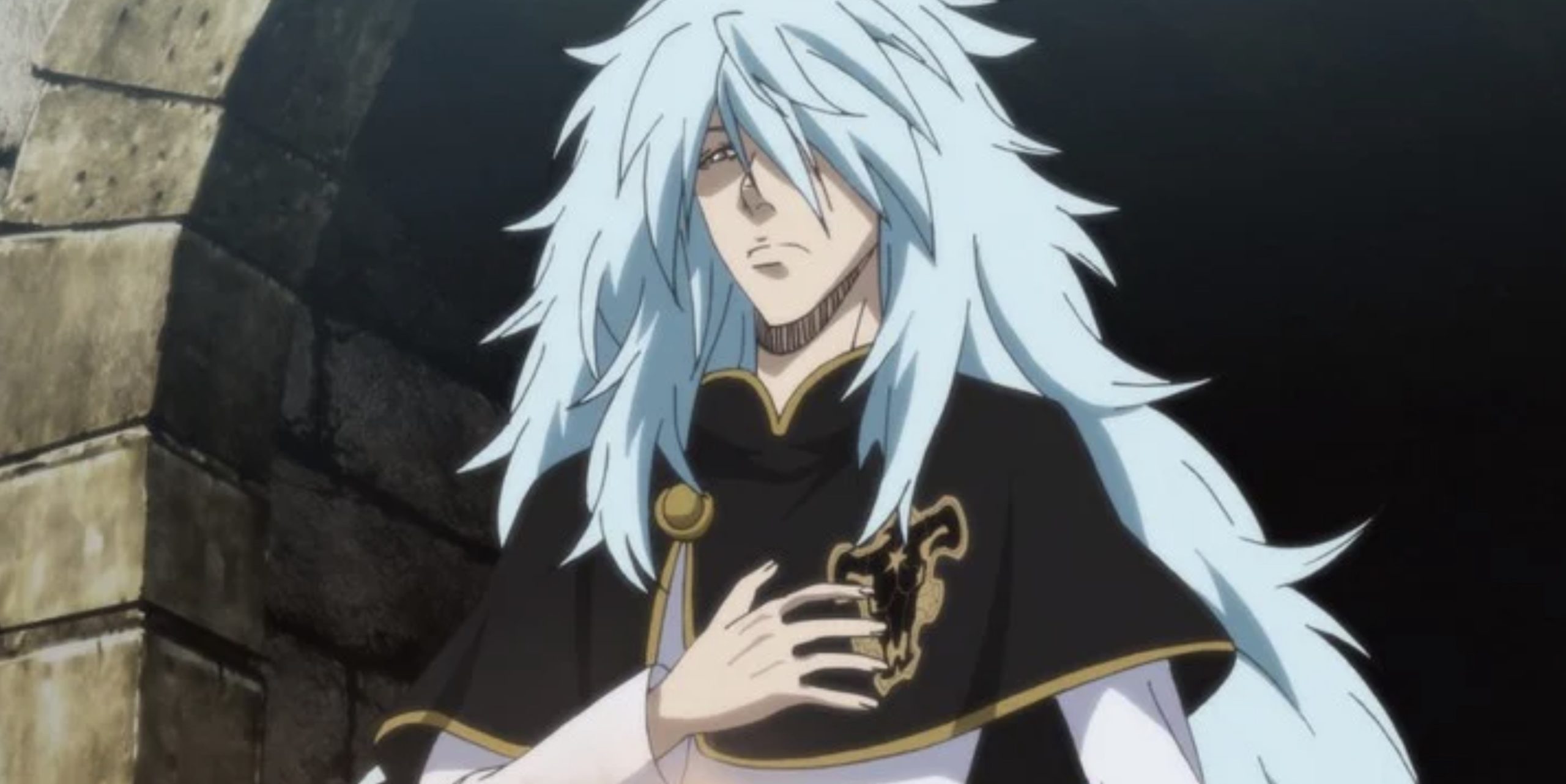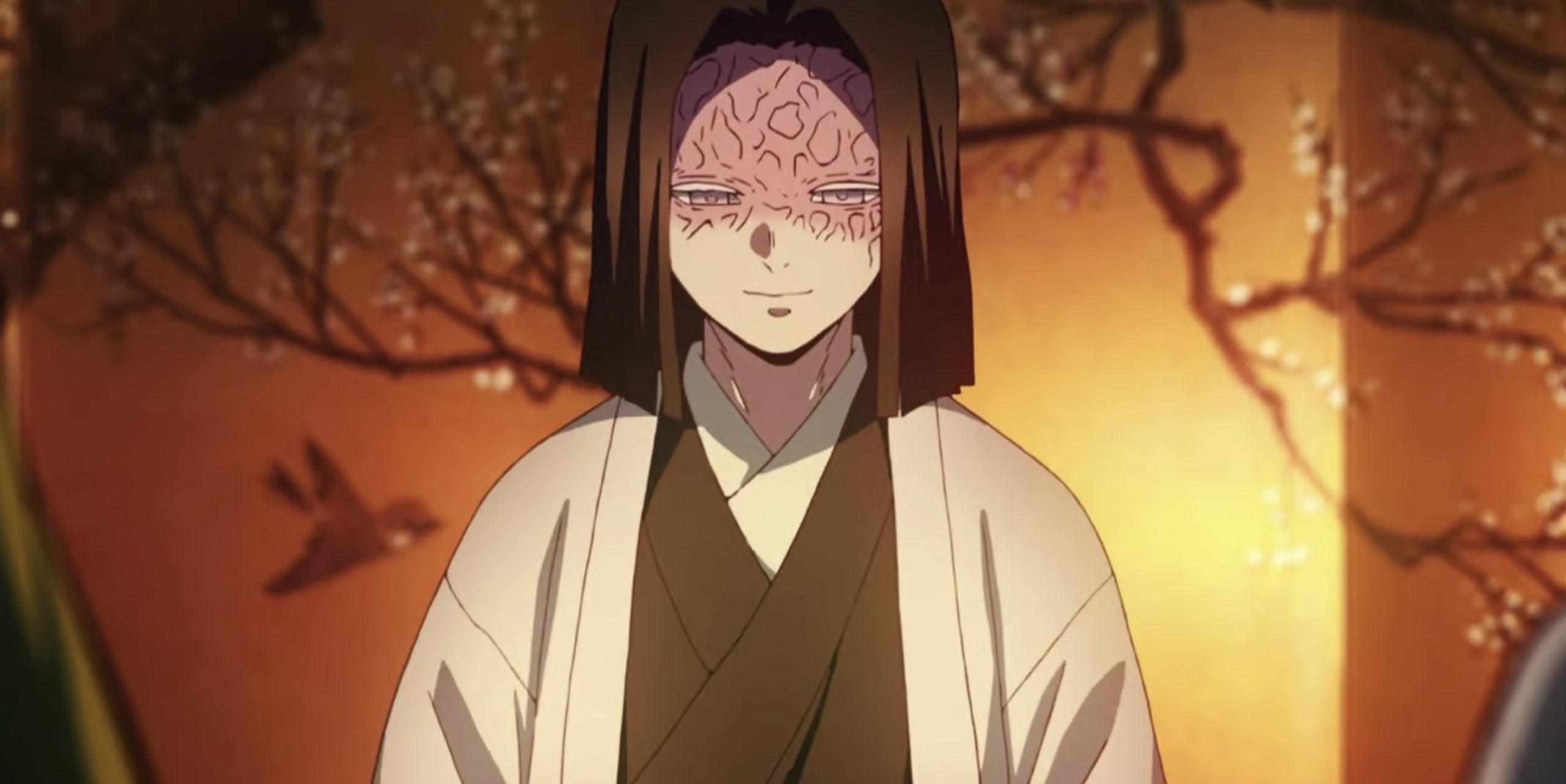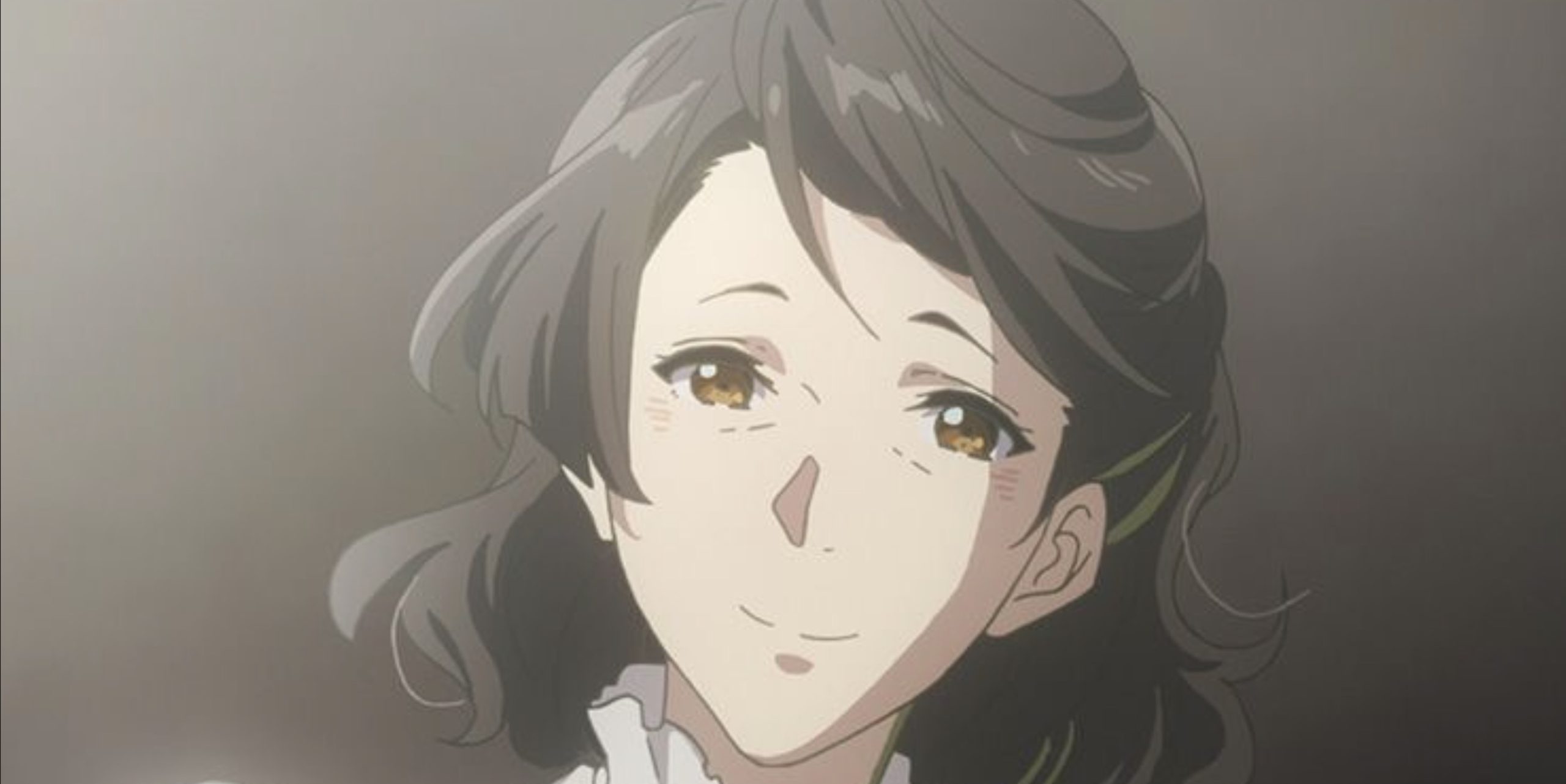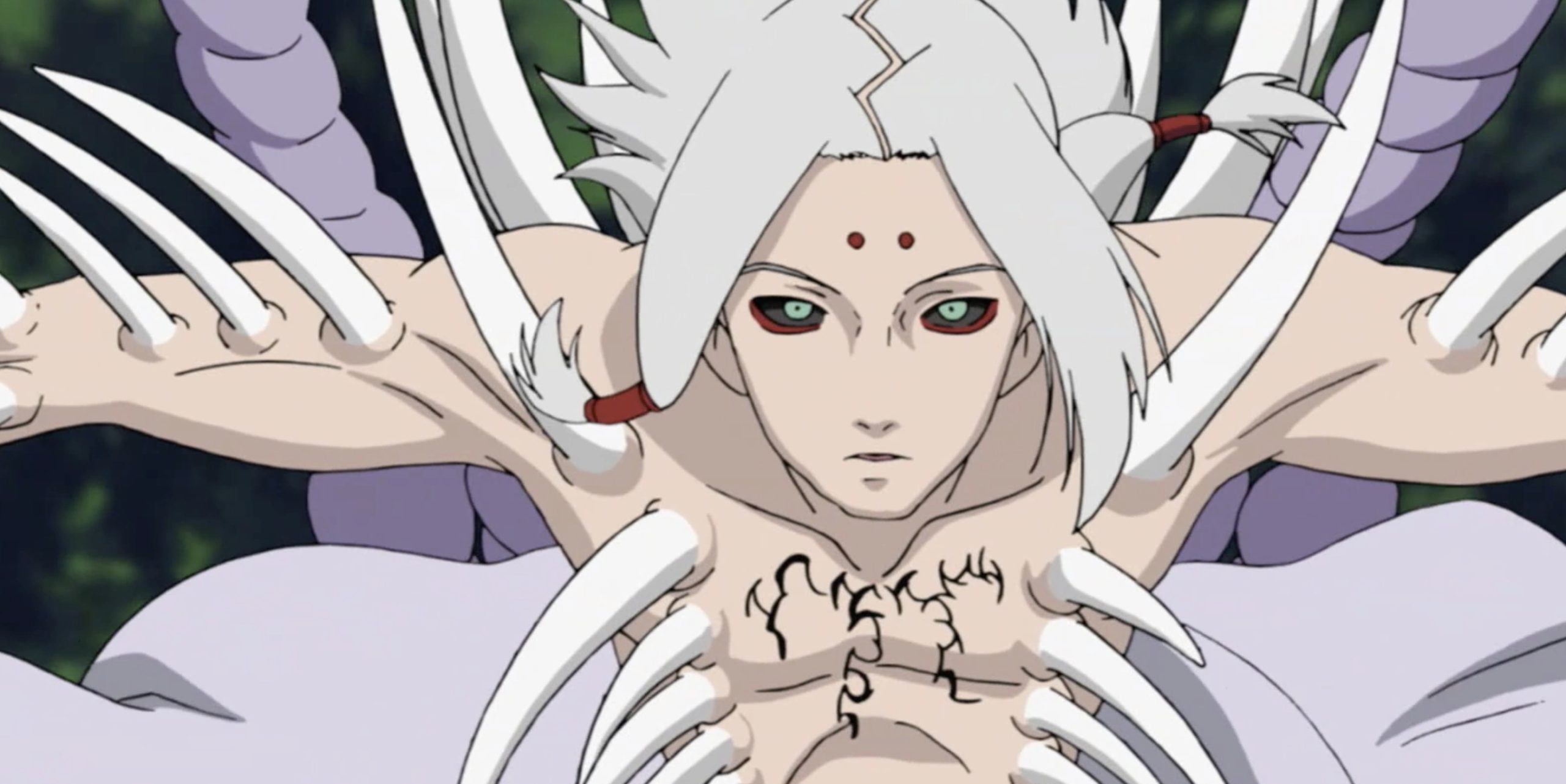Living with a chronic illness can be a daunting challenge, especially when you’re a character in an anime series where every moment counts. These characters grapple not only with their daily struggles but also with the weight of their health issues. Whether it’s a temporary ailment or a debilitating condition, their stories resonate with audiences who empathize with their plight.
In anime, we encounter a diverse array of characters who are perpetually sick, each navigating their own unique circumstances.
Some face the inconvenience of temporary illnesses that sap their energy and punctuate their lives with bouts of weakness. Others confront more severe afflictions, tethered to hospital beds with their dreams put on hold.
10 Anime Characters Who Are Always Sick In The Story
Here is a list of the top 10 characters who have been sick throughout the story.
10. Henry Legolant
Henry, a member of the Black Bulls Magic Squad in the anime Black Clover, occupies a unique place in the narrative as one of the supporting characters.
His backstory is marked by familial abandonment, stemming from a mysterious illness that drains magic from his surroundings. Consequently, Henry finds himself perpetually tardy, aligning him with the archetype of anime characters plagued by chronic illness.

The nature of Henry’s affliction is steeped in fantasy, devoid of real-world medical parallels. Left to grapple with his condition alone, Henry’s fate seemed bleak until the timely intervention of Yami, who recognized his potential and welcomed him into the Black Bulls.
It was within this ragtag group that Henry found camaraderie and purpose, forging bonds with fellow members like Asta and finding the strength to persevere despite his affliction.
9. Kagaya
Kagaya, the esteemed leader of the Demon Slayer Corps in the anime Demon Slayer, holds a pivotal role despite being a supporting character. His narrative is marked by a tragic affliction inherited from his parents—a curse that ravages his entire body and renders him perpetually unwell.

This curse, while fantastical in nature, bears striking similarities to the real-world condition of sepsis. Sepsis arises when the body mounts an extreme response to an infection, triggering a cascade of harmful effects that spread throughout the body.
In Kagaya’s case, the curse manifests in symptoms reminiscent of sepsis, including shivering, shallow breathing, and other related manifestations.
Despite the debilitating nature of his condition, Kagaya embodies resilience and fortitude as he leads the Demon Slayer Corps with unwavering determination. His struggles with illness serve to deepen his character, adding layers of complexity to his role within the narrative.
8. Park Kyung Hye
Park Kyung Hye, the mother of Sung Jinwoo, serves as a significant figure in the narrative of Solo Leveling. Her story is marked by a harrowing ordeal—an affliction known as Eternal Slumber, induced by mana, which plunged her into a deep sleep for a staggering four years. It wasn’t until the protagonist intervened, utilizing the ‘Elixir of Life,’ that she was roused from her dormant state.
Though Eternal Slumber exists within the fantasy, its parallels with real-world medical conditions are evident. One could liken it to a coma, wherein the afflicted individual enters a prolonged state of unconsciousness, with no definite timeline for awakening.

During her time in Eternal Slumber, Park Kyung Hye remained unresponsive, hardly moving or engaging with those around her, aligning her with the archetype of anime characters plagued by chronic illness.
Her awakening heralded a pivotal moment in the story, underscoring the protagonist’s journey and the bonds of familial love that transcend even the most formidable obstacles.
Park Kyung Hye’s struggle with Eternal Slumber serves as a poignant reminder of the fragility of life and the enduring power of hope in the face of adversity.
7. Kentarou Momose
Momose, a protagonist in My New Boss is Goofy, carries with him a heavy burden from his past workplace—a burden manifested in the form of PTSD (Post Traumatic Stress Disorder). This affliction casts him into the group of anime characters who grapple constantly with illness.
The symptoms of Momose’s PTSD are far-reaching, affecting not only his mental health but also manifesting in physical ailments such as difficulty concentrating and stomach issues. Transitioning to a new workplace does little to alleviate his struggles; if anything, they seem exacerbated by the new environment.

However, amidst the turmoil, Momose finds a beacon of hope in the form of his new boss, Shirosaki. Through patience, understanding, and unwavering support, Shirosaki becomes a lifeline for Momose, guiding him on a path toward recovery from his debilitating illness.
Gradually, with Shirosaki’s help, Momose begins to reclaim his sense of well-being, shedding the shackles of his past trauma and embracing a brighter future.
6. Nagisa
Nagisa, the beloved female protagonist of Clannad, finds herself ensnared in the relentless grip of illness—a fate that places her among the group of anime characters perpetually plagued by infirmity. Her journey is marked by a series of setbacks, beginning with a severe bout of illness that forces her to miss an entire year of high school.
Despite her valiant return to school, Nagisa’s health remains precarious, with frequent bouts of sickness casting a shadow over her aspirations. Tragically, her fragile constitution proves fatal, as she succumbs while giving birth to Ushio, her immune system too feeble to withstand the rigors of childbirth.

The specifics of Nagisa’s illness remain shrouded in mystery within the official source material, leaving fans to speculate on its nature.
Among the conjectures, sickle-cell anemia emerges as a plausible candidate—a rare condition in Japan but one that aligns with the symptoms exhibited by Nagisa, including sudden fevers and debilitating fatigue.
Nagisa’s plight serves as a poignant reminder of the fragility of life and the profound impact of illness on individuals and those around them. Her story resonates deeply with audiences, underscoring themes of resilience, love, and the enduring human spirit in the face of adversity.
5. Kaori
Kaori, the poignant female protagonist of Your Lie In April, finds herself ensnared in the cruel clutches of illness—a fate that places her among the group of anime characters perpetually afflicted by infirmity. Initially introduced as a vibrant and healthy individual, Kaori’s condition gradually deteriorates over the course of the series, leaving her in a perpetual state of sickness until her untimely passing.

Though the specifics of Kaori’s illness remain undisclosed in the official source material, fans have speculated on its nature.
Among the conjectures, Friedreich’s Ataxia emerges as a plausible candidate—a condition characterized by fatigue and imbalance of the body, mirroring the symptoms exhibited by Kaori as her health declines.
Tragically, Kaori’s journey is cut short before her final performance with Arima Kousei, the protagonist of the series, as she succumbs to her illness in the hospital.
Her story serves as a poignant reminder of the fleeting nature of life and the profound impact of illness on individuals and those who love them.
Through her struggles, Kaori embodies resilience and grace, leaving an indelible mark on the hearts of audiences who resonate with her tale of love, loss, and the pursuit of passion amidst adversity.
4. Clara Magnolia
Clara Magnolia, a supporting character in Violet Evergarden, is ensconced within the anime characters perpetually grappling with illness. Her narrative arc is defined by a poignant farewell—a terminal illness that casts a shadow over her remaining days.
With time slipping away, Clara entrusts Violet with a poignant task: to pen a series of letters destined for her daughter, a heartfelt legacy to be cherished long after her passing.

While the series offers no official disclosure regarding Clara’s specific ailment, her limited screen time leaves little room for insight into her symptoms. Consequently, the scope of her illness remains open to interpretation, encompassing a spectrum of terminal conditions such as cancer, organ failure, and others.
Despite the brevity of her appearance, Clara’s story resonates deeply, touching upon themes of love, loss, and the enduring power of connection.
Through her character, Violet Evergarden explores the profound impact of illness on individuals and their loved ones, weaving a narrative tapestry that elicits empathy and reflection from audiences.
Clara’s legacy, immortalized in her letters, serves as a testament to the resilience of the human spirit in the face of life’s most formidable trials.
3. Kaya
Kaya, a supporting character in One Piece, finds herself ensnared in a web of illness and deceit—a fate that aligns her with the group of anime characters constantly plagued by infirmity.
Her struggles unfold against the backdrop of a sinister plot orchestrated by her own butler, Klahadore, who poisons her slowly, sapping her vitality and leaving her lethargic and incapacitated at times.
Though the specific poison remains undisclosed within the series, fans speculate that Klahadore administered a sedative to keep Kaya bedridden, facilitating his nefarious schemes.

However, fate intervenes when Monkey D. Luffy’s bold invasion of Syrup Village disrupts Klahadore’s plans, sparing Kaya from further harm and robbery.
Kaya’s ordeal serves as a testament to the resilience of the human spirit in the face of adversity, highlighting the insidious nature of betrayal and the power of friendship to triumph over treachery.
Her story resonates with audiences, underscoring themes of perseverance and the enduring bonds that unite even the most unlikely allies in the pursuit of justice and redemption.
2. Kimimaro
Kimimaro, a supporting character in Naruto, finds himself entrenched in a tragic tale of illness and destiny—a narrative that places him among the ranks of anime characters persistently besieged by infirmity.
Originally slated to serve as Orochimaru’s next vessel, Kimimaro’s path takes an unexpected turn when he is spared due to a mysterious affliction that renders him unfit for the role, thus continuing his service under the enigmatic former.
Though the specifics of Kimimaro’s illness remain shrouded in mystery within the anime, fans have speculated on its nature. Among the conjectures, tuberculosis or cancer emerge as plausible candidates, given his manifestation of symptoms such as coughing blood—a hallmark sign of these diseases.

Tragically, Kimimaro’s journey is cut short as he meets his demise while engaged in battle. His story serves as a poignant reminder of the fragility of life and the enduring impact of illness on individuals and their destinies.
Through his character, Naruto delves into themes of sacrifice, redemption, and the indomitable spirit that persists even in the face of insurmountable odds.
Kimimaro’s legacy, immortalized in his valiant struggle against his affliction and his loyalty to his cause, leaves an indelible mark on the hearts of audiences who resonate with his tale of courage and resilience.
1. Nikaidou
Nikaidou, a supporting character in March Comes in Like a Lion, finds himself entangled in the complex web of illness—a fate that aligns him with the cohort of anime characters perpetually grappling with infirmity. His character draws inspiration from real-life shogi prodigy Satoshi Murayama, whose struggles mirror those of his fictional counterpart.
While the specifics of Nikaidou’s illness remain veiled within the anime, his real-life inspiration provides insight into a potential diagnosis.

Like Murayama, Nikaidou’s portrayal suggests affliction with Nephrotic Syndrome—a kidney-related disorder characterized by symptoms such as weight gain, fatigue, and other related manifestations.
Nikaidou’s journey, both on and off the shogi board, serves as a poignant exploration of the human spirit’s resilience in the face of adversity. Through his struggles, March Comes in Like a Lion delves into themes of perseverance, friendship, and the transformative power of empathy.
Nikaidou’s character, a reflection of the indomitable spirit that perseveres in the face of illness, leaves an indelible impression on audiences, resonating with those who find solace in tales of courage and resilience.
Honorable Mention
Desire Realization App

My Big Sister Never Says No

Stepmother’s Past

Kiriya Hakushakuke no Roku Shimai

Pixiv 62778551

Could You and Your Mom Stop Being Such.

Yachin ga Muri nara Omae no Karada de Haratte Moraou ka | If You Can’t Make Rent, Can I Have You Pay With Your Body? [NCP]

Kokoro no Ame | Rainy Heart

Atashi no Mizugi ga Suki? | Do You Like My Swimsuit?






